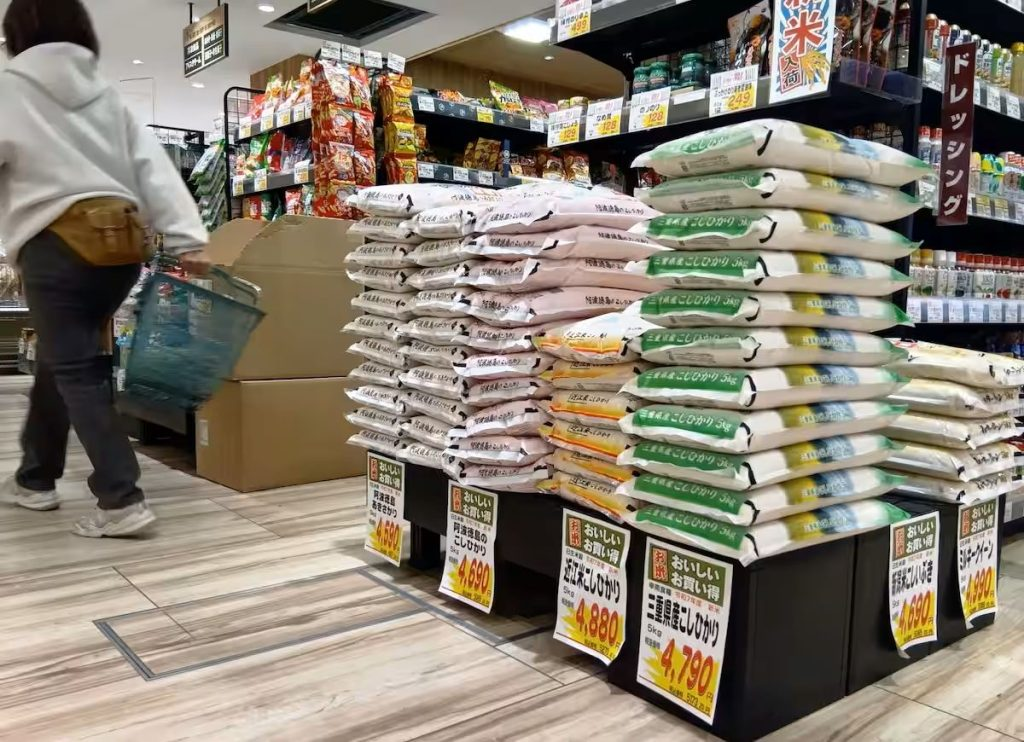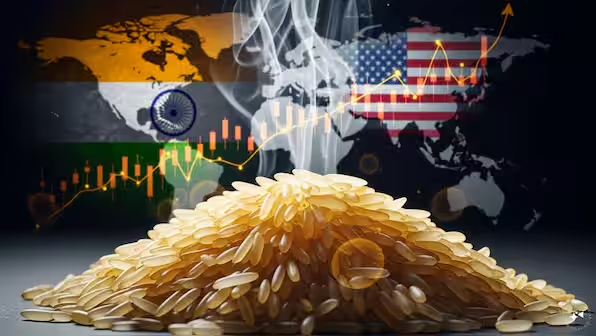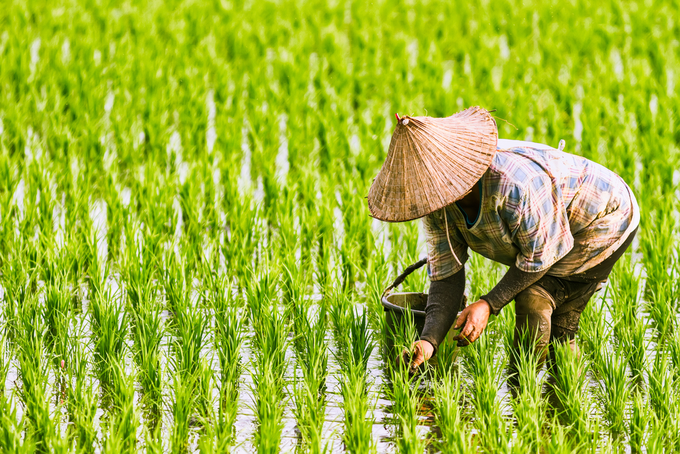Tags
Rice Policy Should Achieve Profit for Farmers, Low Prices for Consumers
Editorial Board, The Sankei Shimbun
Agriculture Minister Suzuki’s “production in line with demand” policy forgets that the rice crisis was precisely born of a misjudgment of demand trends.

Japan needs to revive and strengthen its agricultural sector to achieve sustainability. Otherwise, for the foreseeable future, it will be unable to ensure a stable supply of food, including rice, at reasonable prices. Both agricultural producers and consumers would surely agree on the importance of these objectives.
Then, why is there such confusion in Japan’s rice agricultural policies? They are supposed to be designed to implement measures that achieve these twin goals. However, newly installed Minister of Agriculture, Forestry and Fisheries Norikazu Suzuki has adopted a policy of “production in line with demand.”
Suzuki seems to shift from the policy under the previous Shigeru Ishiba administration, which was steering the country toward increasing rice production.

High Prices, Unhappy Consumers
Today, despite an increased supply of newly harvested grain, rice prices remain high. The average cost for a five-kilogram bag has risen to ¥4,444 JPY ($28.71 USD). It places a significant burden on consumers and raises the risk that people could seek alternatives to rice. If agricultural policy appears to be unstable, producers and consumers will not feel satisfied or reassured.
The Takaichi administration is reportedly considering encouraging local governments to issue rice coupons as part of an economic stimulus package. However, that would be merely a temporary solution.
For a sustainable agricultural policy, two crucial factors must be kept in mind. First, it is essential to ensure that rice growers earn a decent profit. Second, at the same time, for consumers, excessive increases in rice prices must be curbed.
For the 2026 rice harvest, the Ministry of Agriculture, Forestry, and Fisheries has set a production target of 7.11 million tons in its supply-and-demand forecast. Even with the addition of rice purchased from the government’s stockpile, harvest is anticipated to be lower than the expected 7.48 million tons of 2025.

The ‘Reiwa Rice Crisis’
Understandably, producers are concerned that if they increase production without an expectation of sufficient demand, prices may plummet. Nonetheless, Suzuki’s “production in line with demand” approach is reminiscent of the earlier rice harvest limitation policy. Instead of being aimed at fulfilling consumer demand, that policy reduced rice plantings to support higher rice prices.
In other words, the main cause of the “Reiwa rice crisis” has been the Ministry of Agriculture’s misjudgment of demand trends. That has had the effect of causing the rice shortage.
In fact, in earlier administrations’ agricultural policy, rice production was limited, theoretically to balance supply and demand. But, wasn’t it precisely the revelation of those policy limitations that the Ishiba government shifted to one of increasing production?
Don’t Forget Consumers
Clearly, there is a need to ensure a stable supply of rice amid a growing labor shortage. Therefore, it makes sense to focus agricultural policy on supporting farmers who are eager to increase production.
Suzuki himself has expressed his intention to encourage increased production. Meanwhile, he says he is seeking to expand demand, including through exports. Nevertheless, he has also adopted a stance of refraining from interfering with prices.
His idea seems to be that if supply and demand are stable, prices will also be stable. However, will this approach actually yield prices that are acceptable to both producers and consumers?
We would like Suzuki to discuss concrete examples of measures to curb the current exorbitant market prices. In this process, he needs to take into account the consumer’s perspective.
Inevitably, the stopgap measure of “rice coupons” will be seen by the public as catering to the growers while saddling consumers with high prices.
https://japan-forward.com/rice-policy-should-achieve-profit-for-farmers-low-prices-for-consumers/Published Date: November 19, 2025






